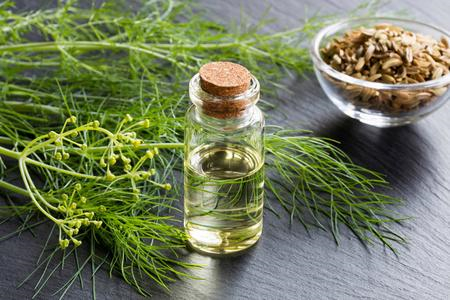I. Overview of Cumin
Cumin oil is extracted from cumin. Cumin oil extracted from cumin is both edible and medicinal, and can also be used as a flavor for cosmetics. Moreover, cumin oil is widely used in most beverages, snacks, cold drinks, dairy products, canned products, cigarettes, and medicines in modern life.
Cumin oil is mainly found in cumin seeds (seeds and fruits), with a content of 3% to 6%. The composition of cumin oil is complex. Even cumin from the same origin has different components due to plant age, growth and development period, picking season, picking time, and methods and parts for extracting volatile oils. Its main components contain anethole, fenchone, pinane, camphor, phenanthrene, ramie, methyl anisol, anisaldehyde, and anisic acid.
Cumin oil is a colorless or light yellow liquid with a sweet five-spice aroma. Its smell is similar to anise oil but slightly lighter.
Cumin essential oil is extracted from cumin seeds by distillation machine. Its essential oil has a musky smell, but with a hint of bitterness, which is very similar to fennel. Cumin essential oil is penetrating, quite pungent, and will not dissipate easily, so it is better to use less. Fresh cumin essential oil is colorless and transparent, and will turn yellow after a long time.

II. Composition of cumin
1, Nutritional composition of cumin
According to relevant measurements, the nutritional composition of fennel mainly includes: sterols and glycosides (its fruits, stems, leaves, and roots contain stigmasterol, sterols, campesterol, linoleic acid sucrose, falcaryldiol, anisin, lotus glycoside, etc.), fatty acids (octadecenoic acid, octadecadienoic acid, palmitic acid, etc.), amino acids, inorganic elements (potassium, sodium, calcium, phosphorus, magnesium, iron, zinc, manganese, etc.), triterpenes, lactone compounds, tannins, flavonoids, cardiac glycosides, alkaloids, saponins, anthrone, multiple vitamins, etc.
2, Volatile components of cumin
The volatile components of cumin are complex, mainly including terpenes, ethers, ketones and a small amount of phenols, accounting for about 96% of the volatile components. In addition, it also contains volatile components such as pinene, limonene, camphene, aisole, 1,8-cineole, and para-cymene.
III. The utilization value of cumin
1, as a vegetable, the tender stems and leaves of fennel have a unique aroma and can be eaten fresh, cooked, or used as stuffing.
2, as a spice, its fruit is a natural edible spice that can enhance the flavor of food and remove odors. It is often used in cooking meat, fish, cold dishes, and stir-frying.
3, for medicinal purposes, the roots, leaves, fruits and whole herbs of cumin are traditional Chinese medicines and folk herbs. They are spicy and warm in nature, and have the effects of dispelling cold and relieving pain, regulating qi and stomach. Please follow the doctor's advice when using them for medicinal purposes.
4, the essential oil extracted from cumin fruit and stems and leaves can be used in the production of toothpaste, tooth powder, soap, perfume, cosmetics, etc. In addition, some studies have shown that cumin, as a feed additive, can increase the appetite of livestock and poultry, promote digestion and promote growth.
Oleoresins Introduction
Stainless Steel Mixing Equipment Application
Plate Centrifuges Application
Contact: Project Manager
Phone: +86-18120438367
Tel: +86-18120438367
Email: info@tycoretech.com
Add: No. 1, Optics Valley Avenue, East Lake New Technology Development Zone, Wuhan, Hubei, China
We chat
